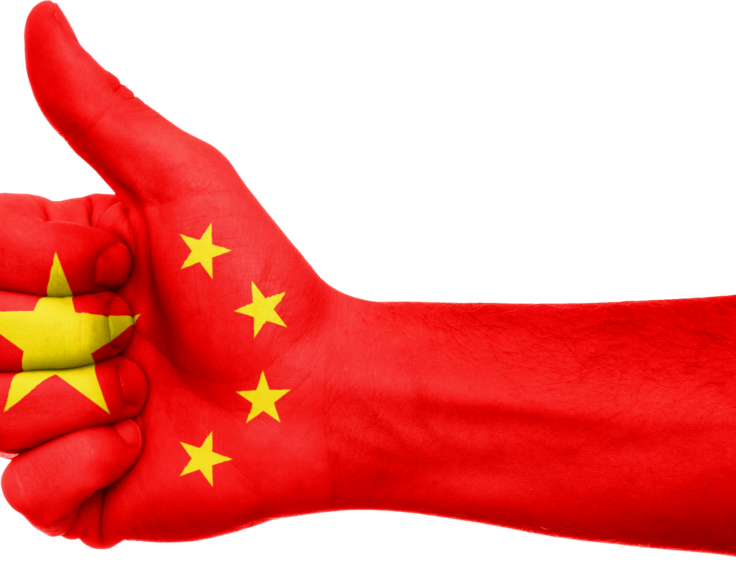Explore All Articles
All Articles
Article Topic

US-skepticism and transnational conspiracy in the 2024 Taiwanese presidential election
Ho-Chun Herbert Chang, Austin Horng-En Wang and Yu Sunny Fang
Taiwan has one of the highest freedom of speech indexes while it also encounters the largest amount of foreign interference due to its contentious history with China. Because of the large influx of misinformation, Taiwan has taken a public crowdsourcing approach to combatting misinformation, using both fact-checking ChatBots and public dataset called CoFacts.

Does incentivization promote sharing “true” content online?
Hansika Kapoor, Sarah Rezaei, Swanaya Gurjar, Anirudh Tagat, Denny George, Yash Budhwar and Arathy Puthillam
In an online experiment in India, incentives for sharing factual posts increased sharing compared to no incentivization. However, the type of incentive (monetary or social) did not influence sharing behavior in a custom social media simulation. Curbing misinformation may not require substantial monetary resources; in fact, social media platforms can devise ways to socially incentivize their users for being responsible netizens who share true information.

A pro-government disinformation campaign on Indonesian Papua
Dave McRae, Maria del Mar Quiroga, Daniel Russo-Batterham and Kim Doyle
This research identifies an Indonesian-language Twitter disinformation campaign posting pro-government materials on Indonesian governance in Papua, site of a protracted ethno-nationalist, pro-independence insurgency. Curiously, the campaign does not employ common disinformation tactics such as hashtag flooding or the posting of clickbait with high engagement potential, nor does it seek to build user profiles that would make the accounts posting this material appear as important participants in a debate over Papua’s status.

Audio misinformation on WhatsApp: A case study from Lebanon
Azza El-Masri, Martin J. Riedl and Samuel Woolley
Since 2019, Lebanon has witnessed sequential crises that have routinely spurred media attention. A great deal of misinformation has proliferated during these events, much of it spreading on WhatsApp. One format is particularly understudied: audio instant messages, otherwise known as voice notes.

Studying mis- and disinformation in Asian diasporic communities: The need for critical transnational research beyond Anglocentrism
Sarah Nguyễn, Rachel Kuo, Madhavi Reddi, Lan Li and Rachel E. Moran
Drawing on preliminary research about the spread of mis- and disinformation across Asian diasporic communities, we advocate for qualitative research methodologies that can better examine historical, transnational, multilingual, and intergenerational information networks. Using examples of case studies from Vietnam, Taiwan, China, and India, we discuss research themes and challenges including legacies of multiple imperialisms, nationalisms, and geopolitical tensions as root causes of mis- and disinformation; difficulties in data collection due to private and closed information networks, language translation and interpretation; and transnational dimensions of information infrastructures and media platforms.

Chinese state media Facebook ads are linked to changes in news coverage of China worldwide
Arjun M. Tambe and Toni Friedman
We studied the relationship between Facebook advertisements from Chinese state media on the global media environment by examining the link between advertisements and online news coverage of China by other countries. We found that countries that see a large increase in views of Facebook advertisement from Chinese state media also see news coverage of China become more positive.

Conspiracy and debunking narratives about COVID-19 origins on Chinese social media: How it started and who is to blame
Kaiping Chen, Anfan Chen, Jingwen Zhang, Jingbo Meng and Cuihua Shen
This paper studies conspiracy and debunking narratives about the origins of COVID-19 on a major Chinese social media platform, Weibo, from January to April 2020. Popular conspiracies about COVID-19 on Weibo, including that the virus is human-synthesized or a bioweapon, differ substantially from those in the United States.
